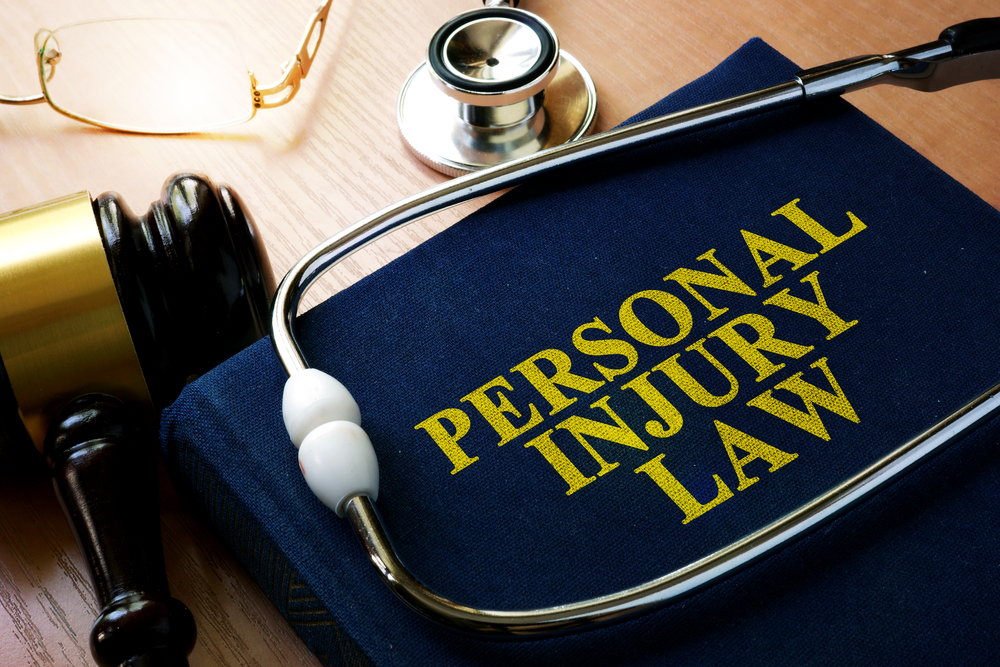
How to Prove Negligence in Medical Malpractice Cases
Medical malpractice occurs when a healthcare professional deviates from the standard of care in their profession, and as a result, negligently harms a patient. The injuries can occur because of doctor fatigue, understaffing, inexperience, lack of communication, and more. When someone is injured due to the negligence of a healthcare professional, they can seek damages by filing a personal injury case. But what constitutes negligence for a medical malpractice case? Keep reading to learn more about proving negligence in medical malpractice cases.
4 Elements of Medical Malpractice
Since negligence must be proven in order for medical malpractice cases to be valid, there are certain requirements the case must meet. If your case does not meet all 4 elements, then you do not have a valid case. Here are the 4 elements of medical malpractice that a personal injury claim must meet:
1. Duty
 In medical malpractice cases, you must prove that the healthcare professional had a duty of care to the patient. “Duty of care” is defined as the responsibility of a person to act with reasonable care, or how the average person in that field would act in a particular situation.
In medical malpractice cases, you must prove that the healthcare professional had a duty of care to the patient. “Duty of care” is defined as the responsibility of a person to act with reasonable care, or how the average person in that field would act in a particular situation.
In order to prove that the doctor owed you duty of care, you must prove your doctor-patient relationship at the time of the injury. Here are a few things you can use to show this relationship:
- You chose to be treated by this particular doctor
- You agreed to exams for the purpose of treatment of a certain health problem or condition
- You received ongoing treatment
2. Breach of Duty
Once you have proven your relationship to the doctor, you must then show how they breached their duty of care. Doctors, nurses, and other healthcare professionals must use the care and skill of the average health care provider to be within the standard of care. If your doctor or team violated the standard of care and resulted in your injury or the death of a loved one, it can be said they committed medical negligence.
3. Cause
 The next step in your personal injury case is proving cause. You must show that the breach of the standard duty of care by the healthcare professional is what caused your injuries. In almost all medical malpractice cases, you will need testimonies of other experts in the medical field to explain how your doctor did not meet the standard of care and caused your injuries.
The next step in your personal injury case is proving cause. You must show that the breach of the standard duty of care by the healthcare professional is what caused your injuries. In almost all medical malpractice cases, you will need testimonies of other experts in the medical field to explain how your doctor did not meet the standard of care and caused your injuries.
4. Damages
After you show that the negligence of the medical professional is what led to your injuries, you must show what kind of damages you incurred. Damages are economic and noneconomic losses, including medical bills, loss of wages, loss of earning capacity, pain and suffering, and emotional distress. In wrongful death cases, family members may also include loss of companionship and funeral expenses in damages.
An experienced attorney can help you prove negligence in medical malpractice cases. These types of cases are complicated, but with the help of our personal injury lawyers, you don’t have to go through it alone. Set up a free case review to discuss your medical malpractice claim today.




